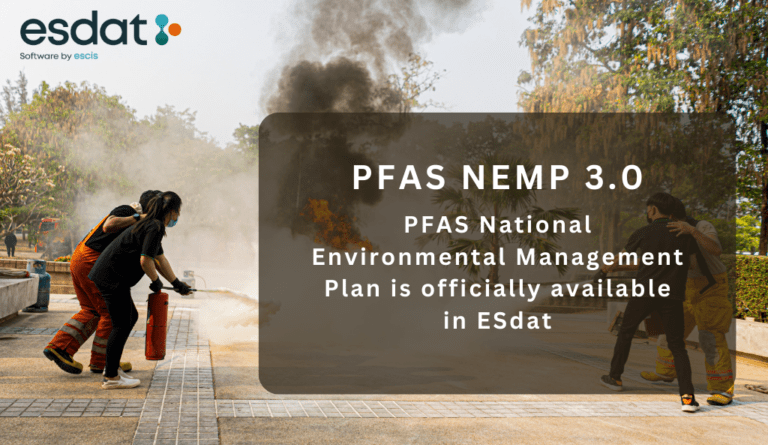Australia’s national approach to managing PFAS contamination has taken a significant step forward with the release of the PFAS National Environmental Management Plan (NEMP) Version 3.0, endorsed by environment ministers on 10 December 2024. This latest edition is the product of years of collaborative work between the Commonwealth, State, Territory, and New Zealand governments, led by the Heads of EPA Australia and New Zealand (HEPA).
Whether dealing with contaminated sites, biosolids, landfills, or water reuse, PFAS NEMP 3.0 is essential for consultants, regulators, and industry professionals managing per- and polyfluoroalkyl substances (PFAS) in the environment.

⚡ Key Takeaways for Busy Professionals
• New guideline values for soil, water, and biota, improving the assessment of PFAS risks to health and ecology.
• Updated site remediation guidance, including preferred treatment hierarchies and long-term management strategies.
• New risk-based criteria for reusing biosolids and other resource recovery products contaminated with PFAS.
• Expanded monitoring protocols and sampling guidance, including ambient and site-specific programs.
• Stronger national consistency in how PFAS-affected sites are assessed, prioritised, and managed.
🧪 PFAS: A Quick Refresher
PFAS are a group of synthetic chemicals used for their resistance to heat, water, and oil. Commonly found in firefighting foams, textiles, and food packaging, PFAS are environmentally persistent and can accumulate in humans and wildlife. The most well-known types — PFOS, PFOA, and PFHxS — are now listed under the Stockholm Convention on Persistent Organic Pollutants, with strict restrictions on use and disposal.
🔄 What’s New in PFAS NEMP 3.0?
✅ Revised Guideline Values
• More robust health-based and ecological values for soil, surface water, and groundwater.
• Enhanced tools for risk-based decision-making, allowing more tailored assessments of exposure pathways.
✅ Updated Remediation and Containment Guidance
• Greater emphasis on remediation hierarchies, favouring treatment over disposal.
• Specific guidance for demonstrating remediation success and managing long-term residual risk.
✅ New Criteria for Resource Recovery
• Detailed reuse frameworks for PFAS-contaminated soils, water, and biosolids, balancing circular economy goals with environmental protection.
• A clear pathway for reuse decisions based on site-specific risk assessments.
✅ Improved Monitoring and Sampling Frameworks
• Clarified expectations for ambient vs. site-specific monitoring.
• Updated approaches for PFAS sampling, leachability testing, and laboratory analysis, including newer PFAS variants and precursors.
🌏 Why It Matters
With PFAS now widespread in soils, groundwater, and waterways across Australia, this plan offers environmental professionals a uniform and science-based playbook for responding to contamination — from landfills and legacy sites to recycling facilities and biosolid reuse.
The PFAS NEMP 3.0 is not just a technical update; it’s a critical tool to support better risk communication, more sustainable reuse decisions, and consistent regulatory action across jurisdictions.
📘 Access the full PFAS NEMP 3.0:
For questions or compliance assistance, environmental practitioners are encouraged to contact their local EPA or visit the Heads of EPA for more information.
Australia’s environmental professionals now have streamlined access to the newly released PFAS National Environmental Management Plan Version 3.0 (PFAS NEMP 3.0), which is officially available in ESdat Online and listed in the ESdat Environmental Standards Reference List .
Related Articles to PFAS NEMP 3.0
PFAS NEMP (PFAS National Environment Management Plan 2.0)
Unmasking the Silent Intruder: Navigating the Depths of PFAS Exposure in Environmental Consulting
What are per- and polyfluoroalkyl substances (PFAS)
Unlocking the Potential: ESdat Environmental Data Management Software’s Role in Addressing Per- and Polyfluoroalkyl Substances (PFAS)






